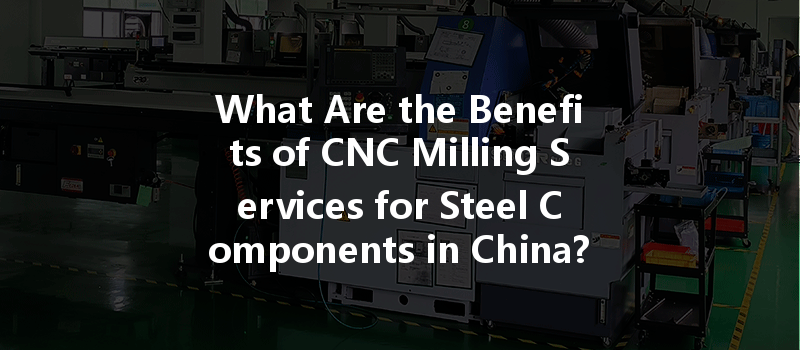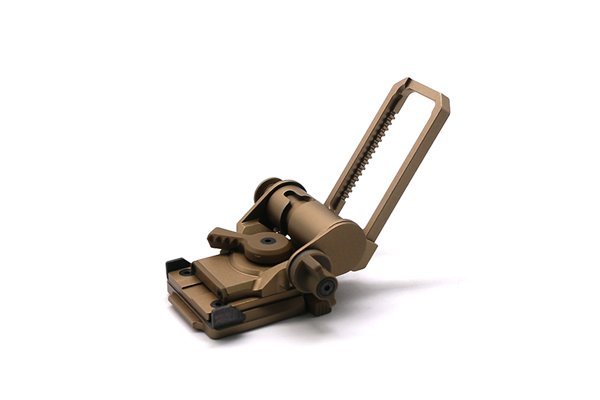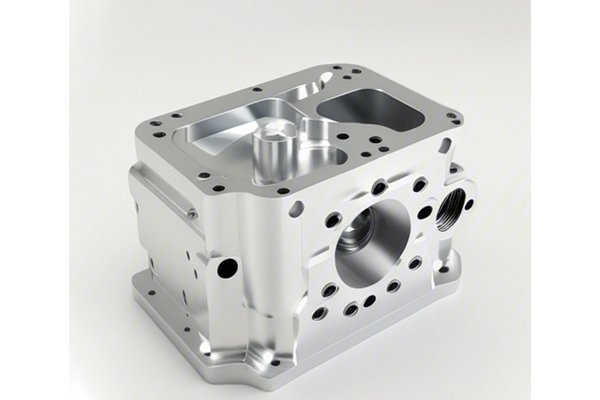Did you know that China accounts for over 28% of the world’s total manufacturing output? This staggering statistic underscores China’s dominance as a manufacturing powerhouse and highlights the crucial role of technologies like CNC milling in the production of high-quality steel components.
But what exactly is CNC milling, and why is it particularly beneficial for steel components? In this comprehensive guide, we’ll explore the numerous advantages of CNC milling services offered in China, delve into the intricacies of the technology, and provide practical insights on how businesses can leverage this manufacturing process to enhance their product quality, reduce costs, and improve their competitive edge.
Understanding CNC Milling: What Is It?
CNC milling, short for “Computer Numerical Control milling,” is a machining process that uses computer-controlled machine tools to remove material from a workpiece. The process begins with a design created through CAD (Computer-Aided Design) software, which is then converted into a machine-readable format. CNC milling is capable of producing precise cuts and shapes, making it ideal for creating complex steel components used in various industries, including automotive, aerospace, and electronics.
The Benefits of CNC Milling for Steel Components
One of the primary advantages of CNC milling is the unmatched precision it offers. Traditional machining methods rely on human operators, leading to variability in the quality of finished products. In contrast, CNC machines eliminate human error, delivering consistent results with extreme accuracy. This precision is essential for industries where tolerances are tight and even the slightest deviation can lead to catastrophic failures.
CNC milling is particularly adept at creating intricate designs and geometries that are often challenging, if not impossible, to achieve with traditional machining techniques. Whether it’s creating elaborate contours or detailed features, CNC milling can manage it all. This opens up new possibilities for product designs, allowing companies to innovate while maintaining functionality.
In a business landscape driven by time-to-market pressures, efficiency is critical. CNC milling is faster than traditional machining methods, significantly reducing production time. With the ability to run multiple operations simultaneously and uninterrupted, CNC milling allows manufacturers to fulfill larger orders in shorter timeframes, ultimately improving customer satisfaction.
CNC milling machines can be easily reprogrammed and adjusted to accommodate different product specifications. This flexibility means that manufacturers can shift between producing small batches of custom components to larger production runs without significant downtime or reconfiguration costs. Furthermore, as market demands change, companies can quickly adapt their production processes, allowing them to stay competitive.
Contrary to popular belief, using CNC milling services can actually lower manufacturing costs in the long run. While the initial investment in advanced CNC machinery may be significant, the reduction in labor costs (thanks to automation) and the minimization of waste (due to the precise cutting process) will lead to substantial savings. Moreover, the ability to produce high-quality components that require less finishing work can further enhance economic efficiency.
Navigating CNC Milling Services in China
When considering CNC milling services, especially those based in China, it is essential to understand the market landscape and how to select the right partner for your manufacturing needs.
Before engaging in any partnerships, conduct thorough research on CNC milling service providers. Look for manufacturers with certifications, such as ISO 9001, which demonstrates their commitment to quality management. Evaluate their portfolio, customer reviews, and case studies to ensure that they have experience in producing the specific type of steel components your business requires.

To achieve the best results, providing your CNC milling partner with clear and detailed specifications is crucial. This includes material types, dimensions, tolerances, surface finishes, and any specific requirements unique to your components. The more information you provide, the better the chances of achieving satisfactory results.
Engage in open discussions about lead times and pricing structures. Understanding how quotes are formulated and factors that can affect these prices (such as materials, complexity, and volume) will help you manage your budget effectively. Additionally, consider negotiating terms that allow for flexibility in production schedules to accommodate potential changes in your project’s requirements.
Effective communication with your CNC milling partner is vital. Establish regular check-ins to discuss project progress, address any concerns, and obtain updates on production timelines. Utilizing online collaboration tools can streamline communication and ensure you are aligned throughout the manufacturing process.
CNC Milling Techniques and Technologies to Watch
As technology continues to advance, CNC milling is evolving with new techniques that can further enhance manufacturing capabilities.
One of the most significant innovations in CNC milling is the advent of 5-axis machining. This technology allows the machine to move a part on multiple axes simultaneously, enabling the creation of complex shapes and significantly reducing the need for multiple setups. 5-axis machining is particularly beneficial for producing intricate steel components, improving both efficiency and accuracy.
The integration of automation and robotics into CNC milling processes is transforming manufacturing. Automated systems can feed parts into machines, perform inspections, and manage workflows, reducing labor costs and enhancing precision. As robotics technology becomes more advanced, we can expect even greater efficiencies and capabilities in CNC milling services.
The software used for designing and controlling CNC machines is continuously evolving. Modern CAD/CAM software offers advanced simulation and visualization tools, allowing engineers to test designs virtually before production. This reduces errors and minimizes the need for costly prototypes.
: The Future of CNC Milling in Steel Component Manufacturing
As we’ve explored in this blog, CNC milling services provide a plethora of benefits for manufacturing steel components. From unparalleled precision and efficiency to flexibility and cost-effectiveness, CNC milling stands as a pivotal technology for businesses striving for excellence in their production processes.
As China continues to dominate the manufacturing landscape, leveraging CNC milling services will be a game-changer for companies aiming to succeed. Whether you’re looking to produce intricate components for aerospace applications or durable parts for automotive industries, understanding the importance of CNC milling will enable you to make informed decisions that can impact your bottom line.
In conclusion, CNC milling is not just about producing parts; it’s about unlocking the potential for design innovation and operational efficiencies. As the industry evolves, staying abreast of new technologies like 5-axis machining and automation will be crucial for maximizing the benefits of CNC milling. Embrace these advancements, and watch as your manufacturing capabilities soar to new heights.






